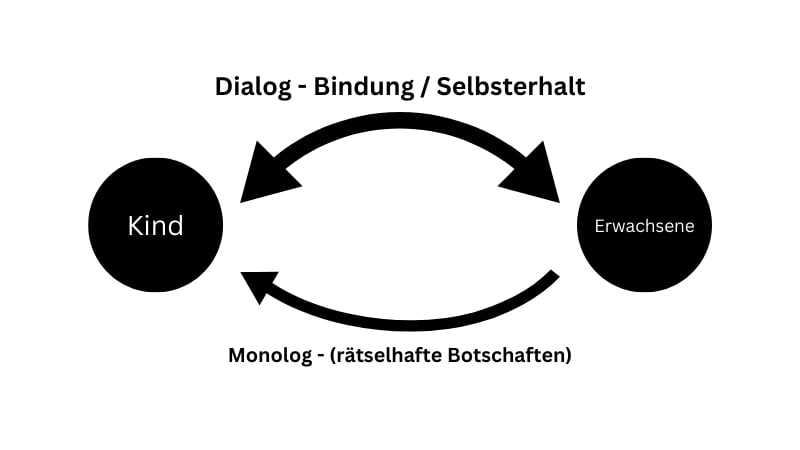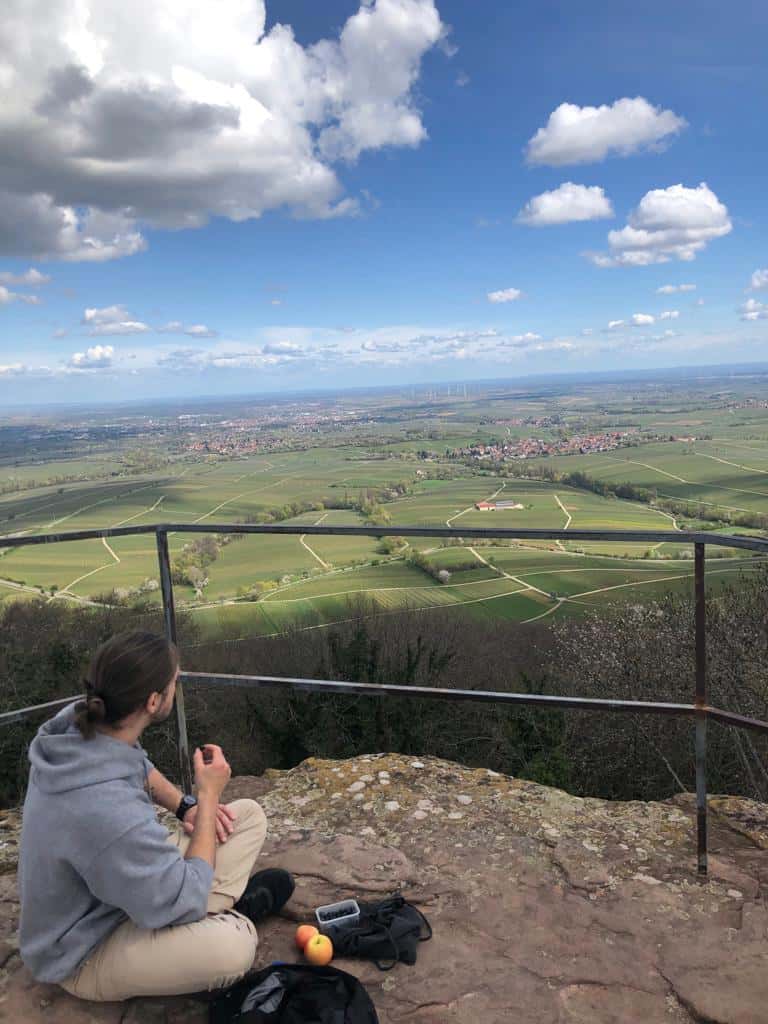Laplanche's model of the subconscious
I recently had the pleasure of attending a lecture by Dr. Kai Rugenstein. A not insignificant part of the lecture dealt with the development of the subconscious according to Laplanche. Dr. Rugenstein impressed me not only with his incredible specialist knowledge, but also with his eloquence and humor - after all, it is not easy to present such a complex topic with such ease.
Until Dr. Rugenstein's lecture, I knew of two possible versions of the subconscious, one Freudian and one Jungian. According to Freud, the subconscious was a part of our psyche that is part of our thinking, but which we cannot consciously control. They are, so to speak, automatisms in our psyche that do not follow any logic and run without conscious action. The Jungian model of the subconscious, on the other hand, is somewhat more complex. According to Jung, in addition to the conscious, there is also the unconscious, which is divided into the personal and the collective unconscious.
In both models, however, the unconscious is something that is implanted in us at birth. It is therefore a priori part of our whole (we explain the term "a priori" as follows here). This is exactly where Laplanche's model differs; in his theory, he assumed that we only develop our subconscious after birth.

Here we can see how normal communication between child and parent takes place. In a two-way exchange, i.e. in a dialog, both sides communicate. Of course, this also takes place non-verbally before the child can even speak. Tender gestures, facial expressions and touch are used for this purpose. The purpose of this dialog is to strengthen the bond between the two, but also for self-preservation. The child receives milk, closeness, warmth, protection, etc. while the adult(s) ensure their continued existence.
In this lively dialog, however, there are also individual Snippet that the child does not or cannot fully understand. These untranslatable messages, or enigmatic messages, are then suppressed by the child, who can do nothing with them. Over the years, a number of repressed messages accumulate. According to Laplanche, it is precisely this accumulation of repressed messages, or snippets of messages, that form the subconscious.
It is not like Freud or Jung, who assume that the subconscious has always been part of us, but has only been worked into us through our upbringing. The unconscious is therefore that which has not been unraveled from the dialogue with the parents.
Click here for the profile by Dr. Rügenstein at Klett-Verlag, if you would like to learn more about him.







